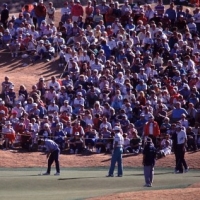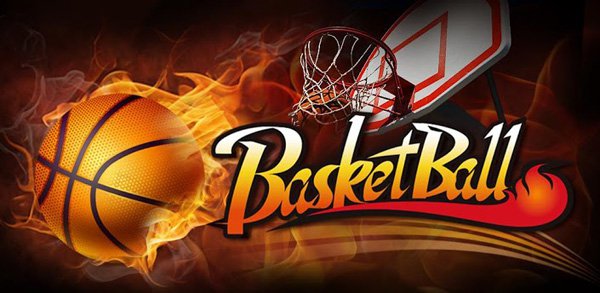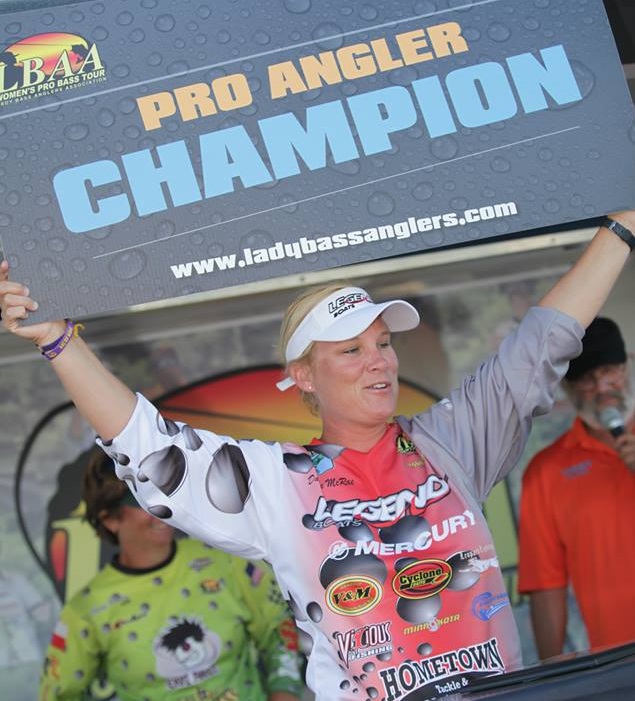14 U ASA softball ruling
Question
QUESTION: Popup between home and third. Umpire ruled ball was in foul territory the player had one foot in fair territory and one in foul territory. Umpire ruled fair ball because the player had one foot in fair territory.
Shouldn't the ball have been ruled foul because the location of the ball is what matters.
Thank you for your response.
Anthony
ANSWER: Hello Anthony,
If the fly ball was caught, foul or fair would be irrelevant since the runners are required to have contact with the base they were at when the pitch is thrown before tagging up on a foul or fair caught fly ball. Having said that, you are correct, the location of the ball determines whether or not it is foul or fair, not the location of the fielder.
Coach Mike
---------- FOLLOW-UP ----------
QUESTION: Coach Mike,
We had another situation where a foul ball rather than a foul tip was ruled on a ball after a swing that went straight back into the catchers glove, she caught the ball. The ump ruled the ball was dead rather than live. My runner stealing had to go back to first base.
Was this the correct ruling??
Thanks again..
Anthony
Answer
Hello again Anthony,
The definition of a foul ball was changed in 2006 to omit the phrase above the batters head. I found the exact definition on the ASA website. I'll post it here for you. Sounds like it should of been ruled a foul tip, and would remain a live ball. Here is the definition and appropriate rulings for different situations:
January 2006
ASA Foul Ball / Foul Tip for 2006
Starting this season, 2006, the reference of the 揾eight of the batter抯 head?has been removed from the rulebook from the Foul Ball and Foul Tip definitions. This allows more opportunity for the catcher to obtain 搊uts?by catching foul batted balls the same as the first and third base person who is playing in. Umpires now only need to judge whether the ball moves from the bat 搒harply?and 揹irectly?versus a ball that has a 損erceptible?arc and/or the catcher moves the glove to catch the ball after contact with the bat.
NOTE: Coaches, players and UMPIRES must now be even more alert to the fact that runners need to tag up on a batted foul ball that is caught. This increases the opportunity for more 搊uts?not only with the catcher catching the ball but the opportunity for more appeal plays with a runner leaving a base too soon on a caught fly ball. Remember the runner must wait until 揻irst touch?before breaking contact with a base on a caught fly ball, fair or foul. Runners may leave on the pitch in Fast Pitch and when the pitch reaches the plate in Slow Pitch with stealing, if the ball is judged to be a foul tip.
FOUL BALL ?A foul ball is a batted ball that:
Settles or is touched on or over foul territory between home and first base or between home and third base.
Bounds or rolls past first or third base on or over foul territory.
While over foul territory, touches the person, attached or detached equipment or clothing of a player or an umpire, or any object foreign to the natural ground.
While over foul territory, a runner interferes with a defensive player attempting to field a batted ball.
First hits the ground or is first touched over foul territory beyond first or third base.
Touches the batter or the bat in the batter抯 hand(s) a second time while the batter is within the batter抯 box.
Goes sharply and directly from the bat to any part of the catcher抯 body or equipment and is caught by another fielder.
Hits the pitching plate and rolls untouched to foul territory before reaching first or third base.
FOUL TIP - is a batted ball that goes sharply and directly from the bat to the catcher's glove/mitt or hand and is legally caught by the catcher. It is not a foul tip unless caught and any foul tip that is caught is a strike, and the ball remains live in Fast Pitch and Slow Pitch with stealing. It is not a catch if it rebounds off the catcher, unless the ball has first touched the catcher's glove or hand. A foul tip can only be caught by the catcher.
SITUATION 1. A ball goes sharply and directly from the bat backwards and first touches the catcher抯 glove/mitt and then rebounds off the chest protector and is caught by the catcher before touching the ground. RULING: Foul Tip and a strike on the batter. The ball remains live in Fast Pitch and Slow Pitch with stealing.
SITUATION 2. A ball goes sharply and directly from the bat back to the catcher抯 chest protector and rebounds down into the catcher抯 glove. RULING: Foul Ball. (Dead Ball)
SITUATION 3. A foul ball with 損erceptible?arc goes toward the catcher抯 left and the catcher moves the glove to catch the ball. RULING: Batter is out and the ball remains live just as it would if any other fielder had caught a foul fly ball.
SITUATION 4. A foul ball rebounds from the bat with 損erceptible?arc shoulder high and the catcher moves upward with the glove to make the catch. RULING: Batter is out and the ball remains live just as it would if any other fielder had caught a foul fly ball.
SITUATION 5. A foul ball goes sharply and directly from the bat to the catcher抯 shin guard and rebounds to the third base person who catches the ball. RULING: Foul Ball. (Dead Ball)
SITUATION 6. A foul ball deflects off the catcher抯 equipment and settles on foul ground. RULING: Foul Ball. (Dead Ball)
SITUATION 7. The pitcher throws a rise ball and the catcher is moving up as the pitch is on the way to the plate. The batter squares to bunt a ball above their head and the ball goes in a straight line from the bat to the glove and the catcher catches the ball. RULING: Foul Tip. It does not matter that the ball is above the batter抯 head. The only thing that matters when determining whether it is a 揻oul tip?is the fact that the ball goes directly from the bat to the catcher抯 glove/mitt or hand and then is caught by the catcher.
SITUATION 8. A left handed 搒lapper?runs forward in the box and fouls the ball back just over the catcher抯 head. The catcher dives backward and the ball first hits the catcher抯 helmet and rebounds into the air. The ball comes down and hits the catcher抯 helmet. In (a) the catcher and (b) the first base person, makes the catch before the ball hits the ground. RULING: In (a) and (b) the batter is out and the ball remains live. In this situation it would be no different allowing the catcher to catch a foul batted ball before it hit the ground and allowing any other fielder to 揵obble?a ball several times before gaining control for a catch.
SITUATION 9. With R1 on 1B and one out, the catcher sets up inside for the pitch, but the pitcher throws the ball outside. On the pitch, R1 is stealing 2B as B3 runs up in the box and slaps the ball towards foul territory. The catcher lunges toward the outside of the plate into foul territory to make a diving catch before the ball hits the ground. The catcher immediately gets up and throws to 1B appealing that R1 left too soon. RULING: Since the catcher had to move their glove to go get the ball, B3 is out on the catch. The ball remains live, B3 is the second out and R1 is the third out on the appeal play.
slide rule in fast pitch
Dropped 3rd Strike Mechanics


